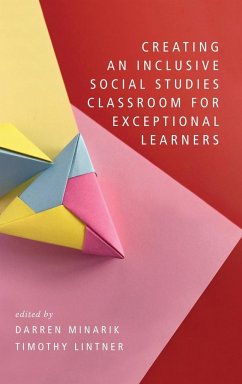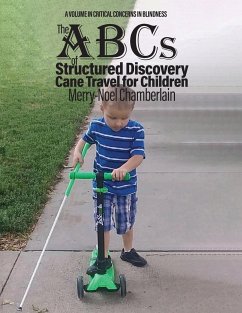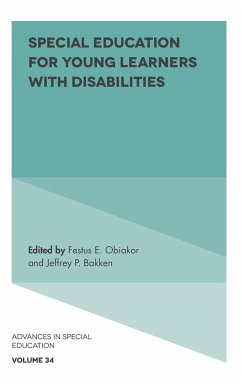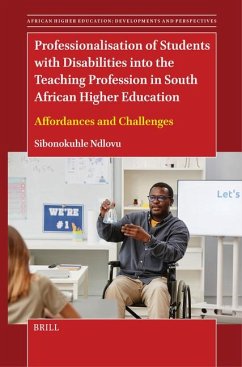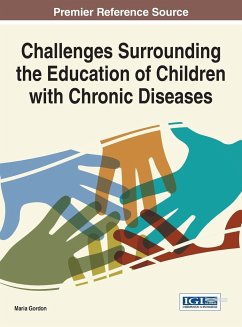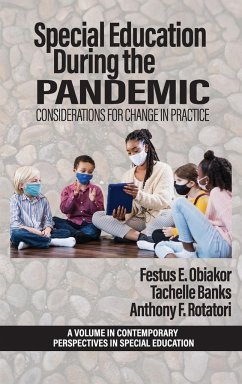
Special Education During the Pandemic
Considerations for Change in Practice
Herausgeber: Obiakor, Festus E; Rotatori, Anthony F; Banks, Tachelle
Versandkostenfrei!
Versandfertig in 1-2 Wochen
98,99 €
inkl. MwSt.
Weitere Ausgaben:

PAYBACK Punkte
49 °P sammeln!
The COVID-19 pandemic triggered, and continues to trigger, many changes in K-12 education-some major, like learning remotely from home, and some minor, like sitting farther apart on the school bus. While most students have had routines interrupted, the children perhaps most affected by that disruption are students with special education needs. The challenges we currently face should not undermine what we have accomplished over the last 60 years to protect students with disabilities and those from traditionally marginalized backgrounds. Instead, we must take an honest, proactive and collaborati...
The COVID-19 pandemic triggered, and continues to trigger, many changes in K-12 education-some major, like learning remotely from home, and some minor, like sitting farther apart on the school bus. While most students have had routines interrupted, the children perhaps most affected by that disruption are students with special education needs. The challenges we currently face should not undermine what we have accomplished over the last 60 years to protect students with disabilities and those from traditionally marginalized backgrounds. Instead, we must take an honest, proactive and collaborative approach to the challenges laid bare. To do so, we must reckon with the fact that during a pandemic that disproportionately impacted traditionally marginalized communities and people with disabilities, we collectively dropped the ball for students receiving special education services, and we need to consider the continued consequences. Further, we must acknowledge that many students with disabilities have found virtual and remote learning to be more liberating and accessible for their learning strengths, needs, and preferences. This text addresses how we must reconcile disparate realities of the special educational experience during pandemic. Students, parents, teachers, and school officials must align themselves together so that they can provide necessary services and support systems to students with disabilities during unpredictable times. These efforts will help leverage opportunities to disrupt, improve, and ignite educational experiences and opportunities for our children and youth, particularly those with disabilities.







